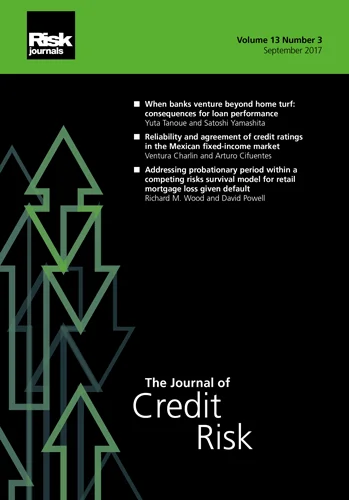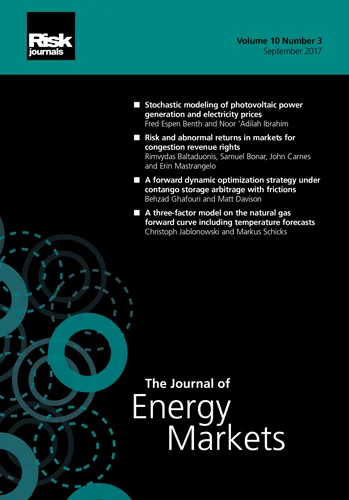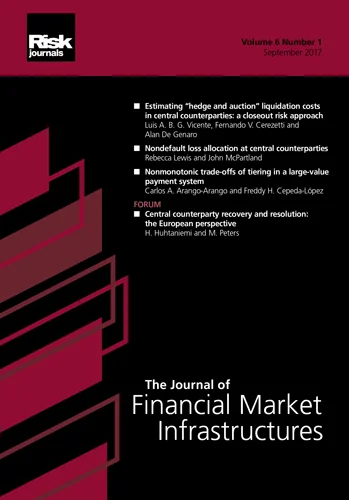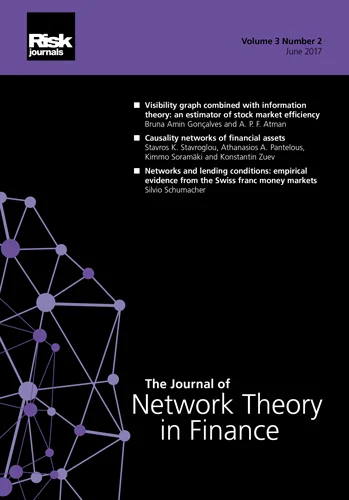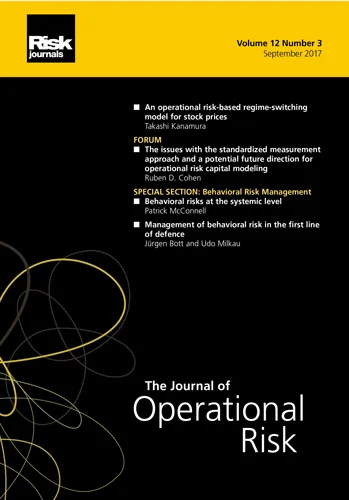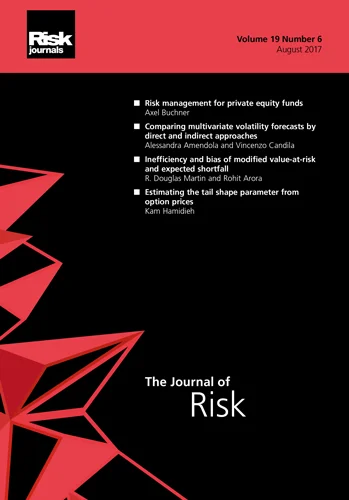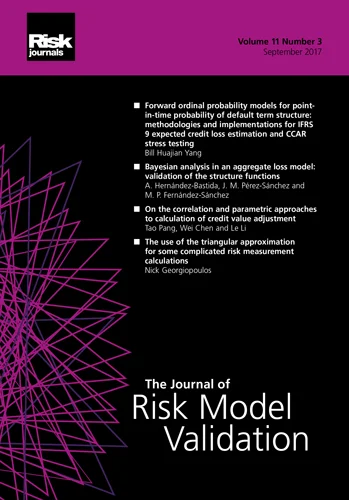Journal of Risk Model Validation
ISSN:
1753-9587 (online)
Editor-in-chief: Steve Satchell
Volume 19, Number 1 (March 2025)
Editor's Letter
Steve Satchell
Trinity College, University of Cambridge
This issue of The Journal of Risk Model Validation continues to mirror the Zeitgeist by publishing two papers on default prediction (as well as one on time-scaling challenges). I apologize to readers on behalf of the editorial team if we are adding to their personal sense of doom and gloom.
In the first paper in the issue, “Overcoming issues with time-scaling value-at-risk”, Anastasia Maga and Arthur Lance Dryver address the issues that arise with time-scaling, for example, when we wish to annualize daily data. Versions of this problem have been around for a long time, and the computation of an annual standard deviation from a daily standard deviation is not simply a matter of multiplying the latter by 16, except in the case of independent and identically distributed returns. As the authors make clear, how you do this will have consequences for the accuracy of VaR calculations. They compare the performance of traditional square-root-of-time scaling with a proposed distributional scaling method using both simulated and real-world market data and argue (correctly) that appropriate scaling can improve the accuracy of VaR models, particularly for models such as bootstrapped historically simulated VaR and conditional VaR at higher investment horizons. Maga and Dryver’s study underscores the importance of considering alternative risk modeling approaches to enhance risk management practices in the face of nonnormal market behavior and tail risks.
The issue’s second paper is “Enhancing default prediction in alternative lending: leveraging credit bureau data and machine learning” by Zilong Liu and Hongyan Liang. Alternative lending is a vital source of credit for consumers who are underserved by traditional banks; alternative lenders (also known as private debt funds) are fund managers who provide debt to unquoted companies to support their growth and raise funds from institutional investors. For such companies, less reliable data is immediately available, and the idea of enhancing the data in default prediction seems very sensible. The authors merge loan records with credit bureau data and compare default predictions by credit score, by loan-specific variables and by a combination of the two, as well as the integration of credit scores, loan variables and more than 300 credit bureau variables selected via least absolute shrinkage and selection operator (Lasso) regression. Liu and Liang find that using a random forest model and loan-specific features such as the loan amount, the loan duration, months since the oldest trade and recent credit inquiries brings about clear improvements in default prediction over just using credit scores and more conventional forecasting techniques. Their results underscore the importance of comprehensive credit bureau data and rigorous model validation in alternative lending, offering practical insights for lenders and policy makers seeking to refine credit risk assessment.
Our final paper, by David Veganzones and Eric Séverin, has the chilling title “The fate of zombie firms: prediction, determinants and exit paths”. What are zombie firms? To quote the authors: “This term describes firms that continue to operate while experiencing profound financial distress and low or negative profitability. Even though such firms have lost all their equity, they continue to do business for long periods.”. The presence of zombie firms in a market can compromise the sustainable development of incumbent firms. Therefore, it is important to examine both the fate of zombie firms and the determinants of zombification processes. This interesting paper takes a state-based approach (recovery, bankruptcy and a continuation of zombieness) to understand the dynamics of zombie firms in France, and it investigates the prediction capacity of machine learning and statistical methods. Being able to assess the transition probabilities will clearly enhance and extend conventional default prediction. The authors explain the main firm-level determinants of the fate of zombie firms and reveal why such firms continue to operate when they should have exited the market. Their findings fill a marked gap in the literature by clarifying this critical corporate issue from a new perspective and have implications for both policy makers and managers.
Papers in this issue
The fate of zombie firms: prediction, determinants and exit paths
This paper examines how machine learning and statistical methods may be used to predict whether or not zombie firms will escape their fate as zombies.
Enhancing default prediction in alternative lending: leveraging credit bureau data and machine learning
The authors apply machine learning techniques to credit bureau data and loan-specific variables to improve default prediction in the alternative lending sector.
Overcoming issues with time-scaling value-at-risk
The authors investigate the impact of different time-scaling techniques on the accuracy of value-at- risk models, emphasising the importance of carefully scaling methods and considering alternative risk modeling approaches.

